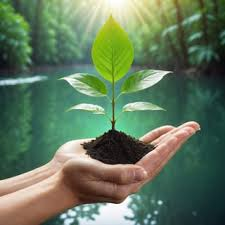Collections
-
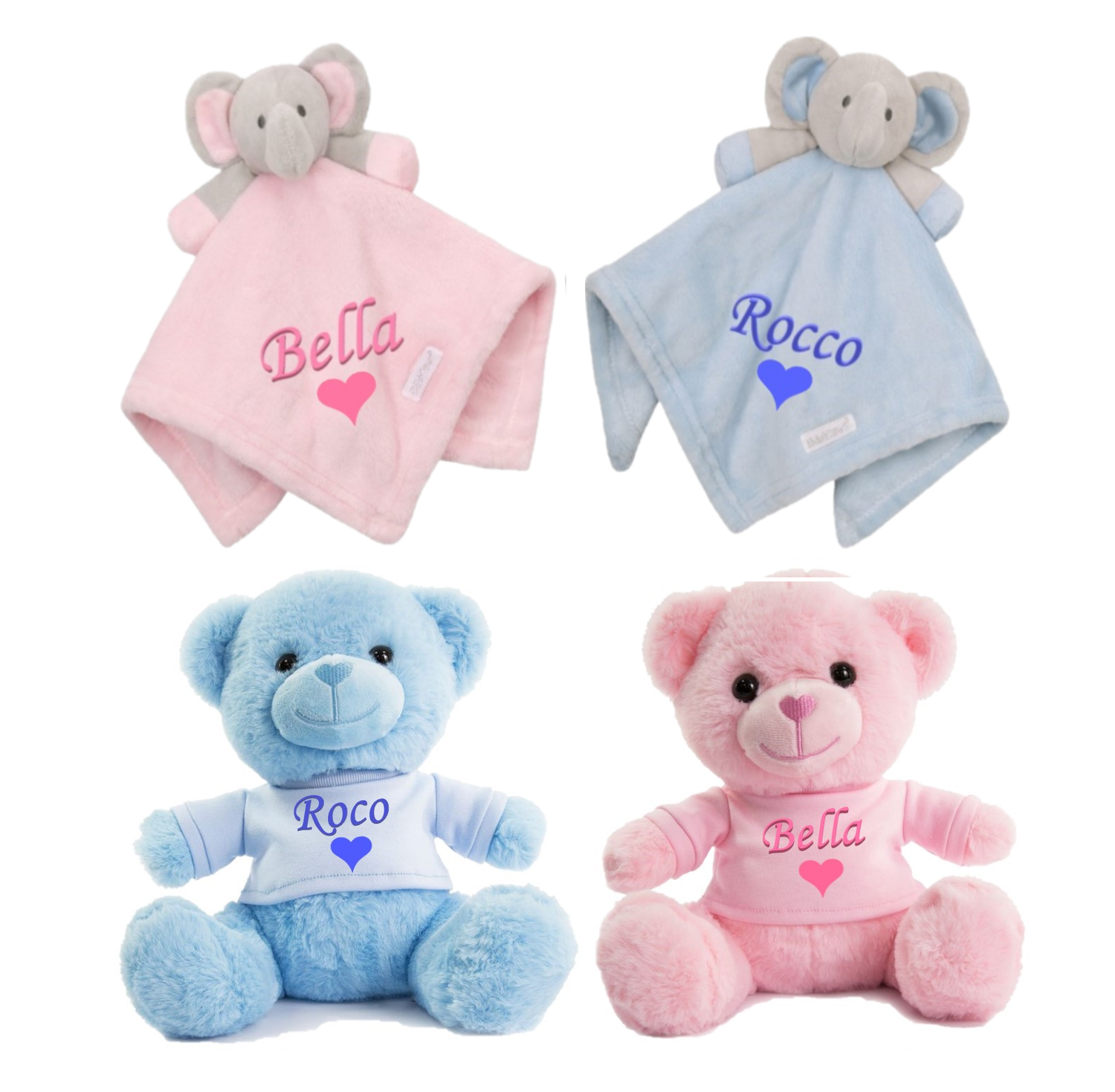
Baby Gifts Personalised
Personalised Baby Gifts for Newborns Girls & Boys Childrens Presents with Embroidered...
-

Christmas Gifts Personalised
Browse our range of luxury Christmas stockings, personalised with any name. Our personalised...
-

Designer Hats
Designer Hats For Adults Him Her Men Women Workwear Construction Hat for...
-

Dress Jewellery Gifts
See our Beautiful Collection of Summer Holiday Dress Jewellery, Beach wear, Christmas...
-

Pet Gifts Personalised
Personalised Pet Gifts personalised Scent Blankets, Pet Christmas Stockings, towels, bandanas ,...
-

Gifts for Everyone
Personalised Gift shop offering Custom Bespoke Gifts for all Occasions. Personalised With...
Angell Inc London
EXOTIC TREE OF LIFE SEEDS African Baobab Adansonia RARE TROPICAL PLANT BONSAI
EXOTIC TREE OF LIFE SEEDS African Baobab Adansonia RARE TROPICAL PLANT BONSAI
Couldn't load pickup availability
Grow Baobabs from seeds – The steps:
- Scratch the baobab seeds slightly with a heavy duty nail file (make shore you don't damage the seed inside) and only file the seed on the curved back not the two ends as you may damage the root / leaf part. doing this will help the seed soak the water up and swell. Please watch videos online for tips
-
Place scratched seeds in warm water for 1-2 days
-
Gently remove the seed coat with your fingernails
-
Place the seeds on a moist kitchen towel for another two days in a small bowl with a lid. The seeds will continue germinating.
-
Earth: Mix cactus or regular soil with coarse river sand. The sand makes the soil more permeable and helps to prevent root rot
-
Pot: It should be at least 10 cm high. Put the soil mixture in the pot. Baobabs form tap roots and need space to do so
-
Place the seedlings on the soil mixture in the pot and cover with a two centimetre thick layer of coarse river sand
-
Water: the baobab seedlings need regular water – but do not water too often. Pour water every two to three days and use rain water if possible
-
Light: Baobabs love it sunny and warm. In summer they can be placed outside in a warm spot – for example on the balcony, in the garden or on the terrace. Beware, the small seedlings are susceptible to spider mites and they do not like strong wind.
- Heat: The seeds need a warm environment, that means temperatures around 20 ° Celsius and above
Growing Instructions
They Can not tolerate even mild frost. Minimum temp. 12°C. Grow in a greenhouse or conservatory. Prefers a well-drained sandy soil in full, hot sun. Water well when the compost is dry. Continue to water even if the leaves are lost over winter.
Share


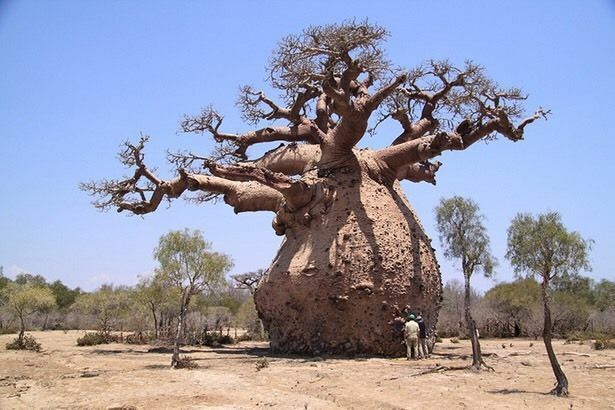
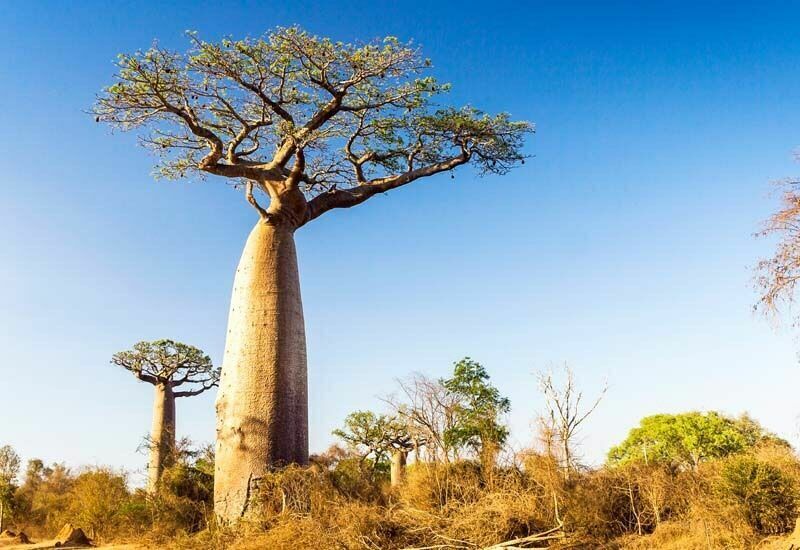
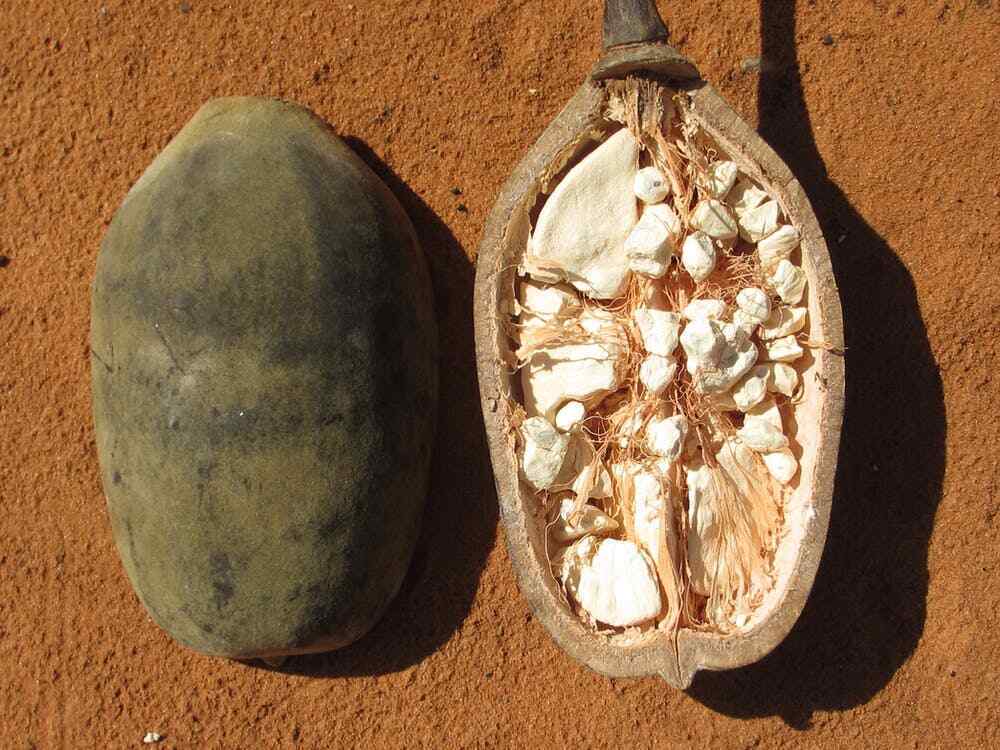
Collections
-

Dress Jewellery Gifts
See our Beautiful Collection of Summer Holiday Dress Jewellery, Beach wear, Christmas...
-

Pet Gifts Personalised
Personalised Pet Gifts personalised Scent Blankets, Pet Christmas Stockings, towels, bandanas ,...
-

Designer Hats
Designer Hats For Adults Him Her Men Women Workwear Construction Hat for...
-

Christmas Gifts Personalised
Browse our range of luxury Christmas stockings, personalised with any name. Our personalised...
-

Gifts for Everyone
Personalised Gift shop offering Custom Bespoke Gifts for all Occasions. Personalised With...
-

Baby Gifts Personalised
Personalised Baby Gifts for Newborns Girls & Boys Childrens Presents with Embroidered...






